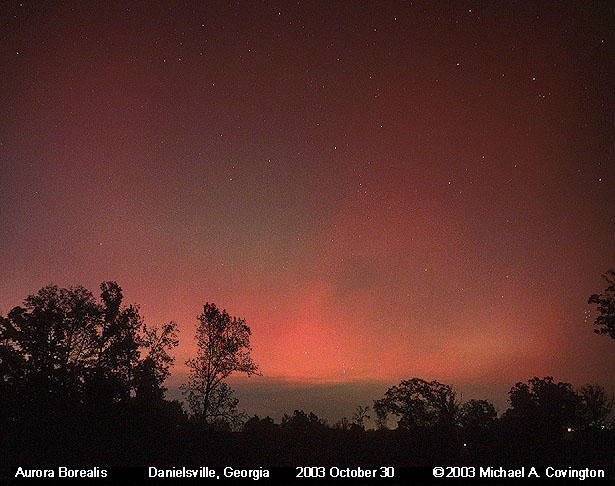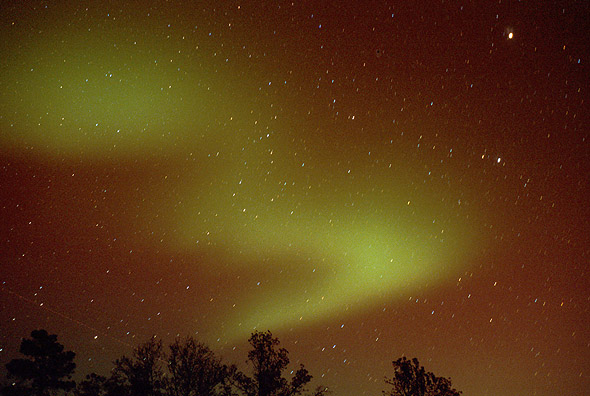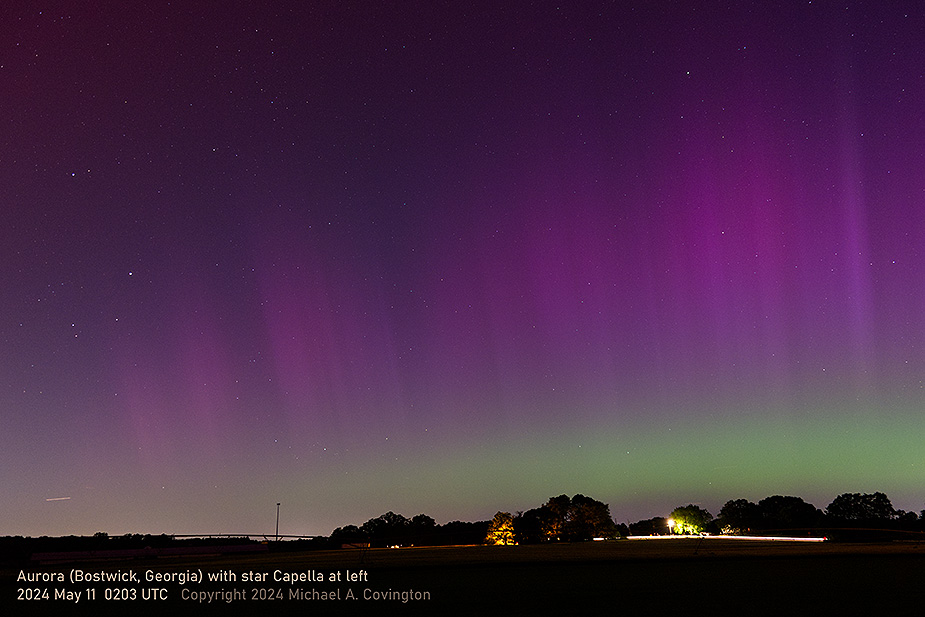|
Short notes
I seem to be spending the weekend having the flu, or some other minor febrile illness.
At least I had a fever yesterday, along with some other symptoms, but they are subsiding.
While having to stay home, I will at least catch up on the Daily Notebook...
Permanent link to this entry
Was part of the Third Brandenburg Concerto lost?
Bach's Brandenburg Concerti are among my favorite pieces of music, but I haven't paid equal
attention to all parts of them. So I was only dimly aware of a real peculiarity until
a friend brought it to my attention.
As written by Bach, the second movement of the Third Brandenburg Concerto consists of just two notes
(with harmony, so actually, two chords).
Here is what Bach wrote:

That's it — just two notes, between the first movement and the third movement.
What happened? Was Bach intending to unveil a "surprise" piece of music to be performed at that point
in the concert? Was the harpsichordist or violinist supposed to just improvise?
Was most of the movement a solo, not included in the orchestra's score?
Or was it really an extremely short movement?
I got out all my CDs and records of that concerto and listened carefully.
The Chamber Orchestra of the Saar,
on a Nonesuch budget album (HB-73006) that I bought in college, simply plays the two chords slowly
(taking 20 seconds) and doesn't count them as
a movement; they list that concerto as having two movements rather than the usual three.
Click here to hear how they did it — the end of the first movement,
the two chords, and the beginning of the last movement.
The Berlin Philharmonic plays the two chords somewhat more broken, taking 14 seconds;
that's the performance I've listened to the most, and I always considered that part to be the introduction
to the last movement, although they count it as a movement in itself.
And the Academy of St. Martin in the Fields substitutes a little-known Bach sonata, which is fine
and makes the movement have normal length, but it doesn't really match the style of the Brandenburg Concerti.
On YouTube I find plenty of variations of all these approaches. Anything more than half a minute long
is going to be a substitution from elsewhere in Bach's works.
We may never know what Bach actually intended. Personally, I prefer the way the Chamber Orchestra of the Saar
did it. Short and to the point. The two chords work well introducing the next movement.
Maybe that's what Bach meant for us to hear.
Permanent link to this entry
Shenanigans with 3-way switches
While brushing up my knowledge of house wiring in preparation for another visit from
the electricians, I came across some odd ways of wiring 3-way switches
(that is, two switches wired so that if you flip either of them, the light will
either turn on or turn off). (They are called 3-way because they connect to 3 wires;
each switch has only 2 positions.)
First, here's the normal way to wire them, and until now, the only way I had ever thought of:

Each switch chooses one of the two parallel wires. If they both choose the same one,
the load receives power.
A "dead-end 3-way" is the same thing, with one of the switches placed at a distance and
connected via a 3-wire cable. This is a difference in placement, not connections.
But there's a strange variation, the "California 3-way," permitted in some places and not others:
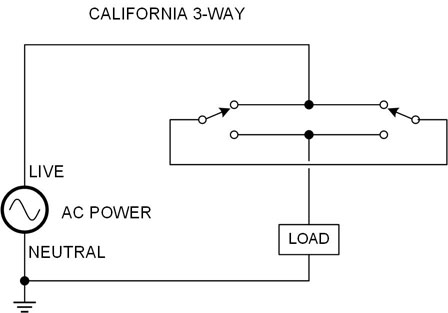
I had to think for a moment to see that this one works. It does.
When the two switches choose the same parallel wire, the load does not receive power;
when they choose different ones, it does.
Although odd, it is safe. If one of the switches were to short internally, joining all three
of its terminals, the load would receive power normally; you just wouldn't be able to switch it off.
The California 3-way has an evil twin, the "Chicago" or "Carter" 3-way, which is not recommended
practice anywhere. Here's how it's wired:

It works, but you can't control which side of the load is live and which side is neutral.
That is not safe. When both switches are up (as shown in the diagram),
the load is not powered, but both sides of it are connected to "live" and would
be likely to deliver an electric shock if someone accidentally made
contact with them.
We always want to cut power on the live side, not the neutral side, when something is
turned off. That doesn't rule out shocks totally, but it makes things safer.
More about that here.
There's also a worse problem. If one of the switches were to short internally,
live would be shorted to neutral, and either the fuse would blow, or there would be a fire.
The Chicago 3-way absolutely assumes each switch will disconnect from one of the parallel
wires before connecting to the other ("break-before-make"). That is not necessarily
a specified or reliable property. With the other two methods, if the switch isn't break-before-make,
you won't even notice anything different.
Permanent link to this entry
How extremism grows through a vicious cycle
In a recent magazine piece, my friend Donald Williams was explaining
how the word "fundamentalist" came to denote hyperconservatism rather than merely
conservatism. His context was church history, but he pointed out a phenomenon we should all know about.
The fundamentalists started practicing "secondary separation." That means they separated themselves
not only from those they considered unorthodox, but also from those who did not separate as strictly as they did
from those they considered unorthodox.
And then, of course, you consider the second group also unorthodox, and you have to separate not only from them,
but also from others who do not separate from them...
And it snowballs, and soon almost nobody is conservative enough for you.
We've seen this in politics, too, haven't we?
Permanent link to this entry


|




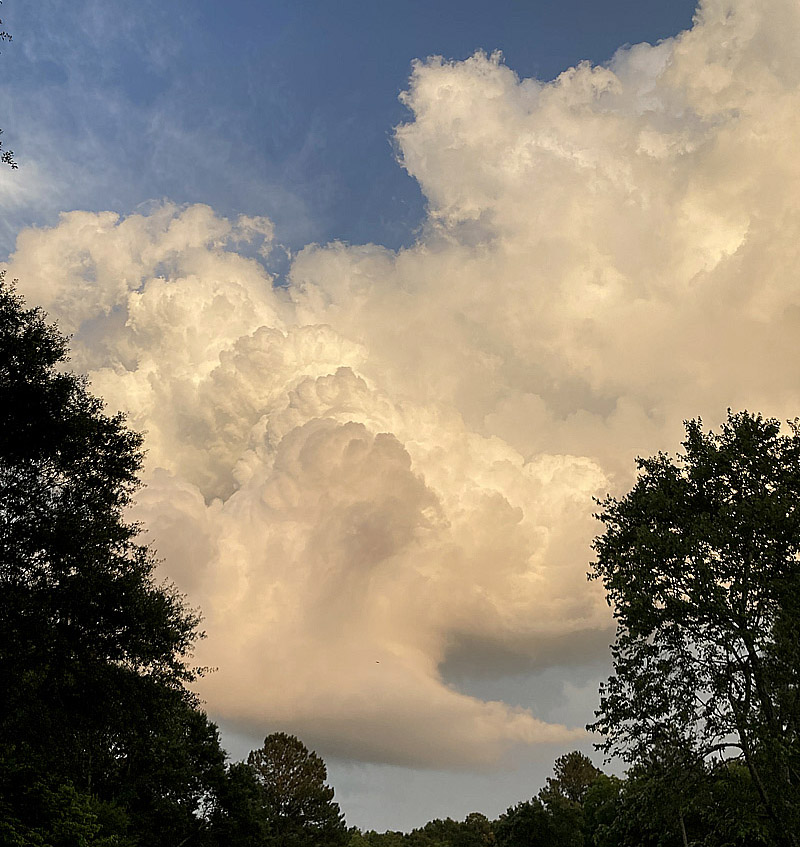

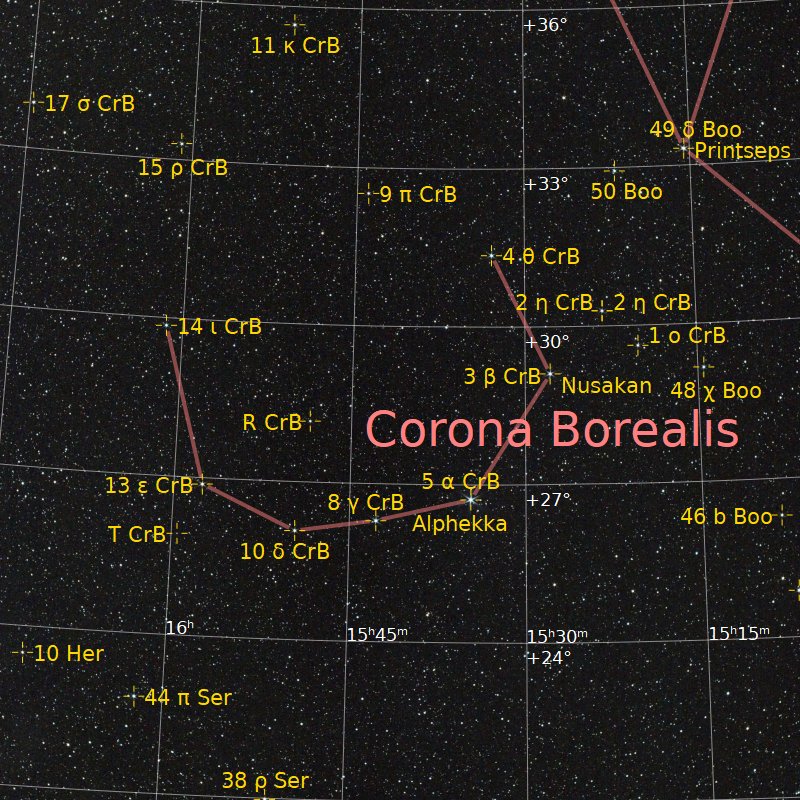
 Word has reached me, without details, of the death of my
high-school friend Alfonso Ruiz Johnsson, of San Luis Potosí, Mexico.
We had been in touch at least intermittently since we met in 1971,
on his first day in the United States as part of the first group of
visiting students in what became an exchange program organized by
the Action Trav'lers in Valdosta.
Word has reached me, without details, of the death of my
high-school friend Alfonso Ruiz Johnsson, of San Luis Potosí, Mexico.
We had been in touch at least intermittently since we met in 1971,
on his first day in the United States as part of the first group of
visiting students in what became an exchange program organized by
the Action Trav'lers in Valdosta.





 THIS IS NOT THE CURRENT MAP — CLICK ON IT TO SEE CONDITIONS NOW.
THIS IS NOT THE CURRENT MAP — CLICK ON IT TO SEE CONDITIONS NOW.